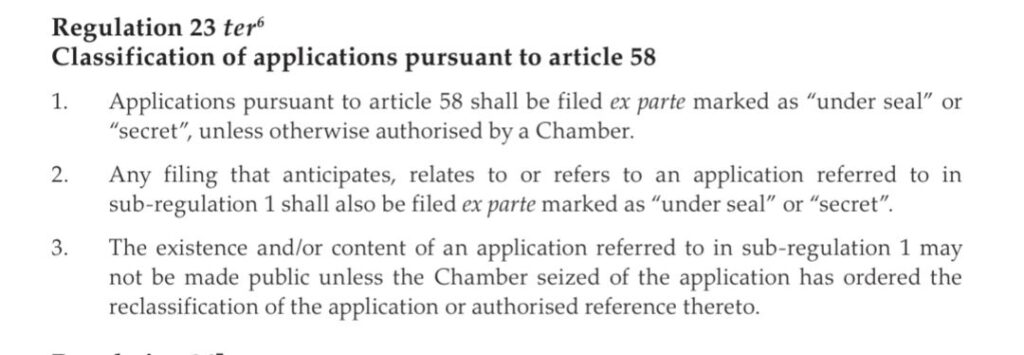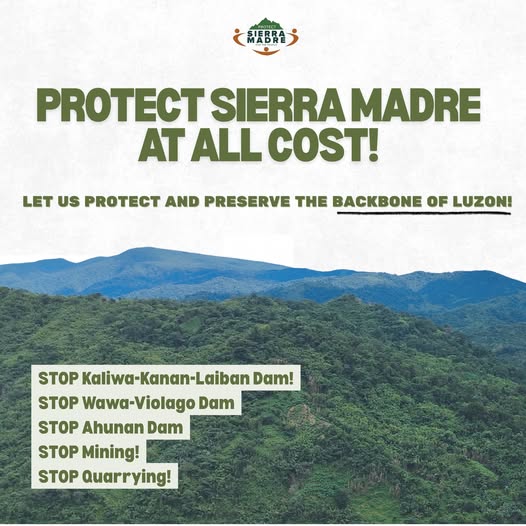📷: Philippine News Agency
More than a year since the enactment of the Permanent Evacuation Centers Act, the Makabayan bloc is calling on the Marcos Jr. administration to prioritize its implementation by earmarking a significant portion of the Department of Public Works and Highways (DPWH) budget for the construction of disaster-resilient evacuation centers across the country.
Former Bayan Muna Representative Carlos Isagani Zarate, a principal author of the law, emphasized the urgency of fully funding the measure in light of the widespread devastation caused by Typhoons Tino and Uwan.
“This law, which the Makabayan bloc has championed since the 16th Congress, is a crucial step toward genuine disaster preparedness and climate resilience. Now that it is finally law, it must be implemented with urgency and integrity,” Zarate said.
He underscored that the law mandates the establishment of permanent, well-equipped evacuation centers in every city and municipality—facilities that are long overdue, especially as climate disasters become more frequent and severe.
“After more than a decade of persistent advocacy by Bayan Muna, we now have a legal mandate. But without proper funding, it remains a paper victory. The destruction wrought by Tino and Uwan, and the thousands of displaced families, highlight the dire need for safe, dignified, and accessible evacuation centers,” Zarate added.
Zarate traced the law’s origins to House Bill 3648, filed by Bayan Muna on December 19, 2013, in the aftermath of Super Typhoon Yolanda. The bill was rooted in the recognition that climate change has intensified the scale and frequency of natural disasters.
“Yolanda taught us that we must prepare for the unimaginable. With sustained winds reaching 315 kph and storm surges as high as 20 feet, it was a tsunami-like catastrophe. Since then, we’ve seen super typhoons almost yearly, flooding with every high tide, and more frequent earthquakes and volcanic eruptions,” he noted.
Zarate reiterated that schools, covered courts, and other makeshift shelters are not safe nor humane for evacuees.
“Matagal na nating isinusulong ito. Hindi dapat ginagamit ang mga paaralan at covered courts bilang evacuation centers. Hindi sila ligtas, at kulang sa pasilidad para sa ating mga kababayan,” he said.
He also warned against substandard implementation, stressing the need for transparency and accountability.
“These centers must be built to withstand disasters, located strategically, and free from the influence of patronage politics and corruption. Hindi pwedeng bara-bara ang pagtatayo. Buhay ng mamamayan ang nakataya,” Zarate emphasized.
Finally, Zarate called for a **comprehensive review of environmental policies**, pointing out that the need for evacuation centers is symptomatic of deeper systemic issues.
“We must confront the root causes—unregulated mining, logging, and unplanned urban development. Permanent evacuation centers are essential, but they must be part of a broader agenda for environmental protection, climate justice, and genuine people-centered governance,” he concluded.#




